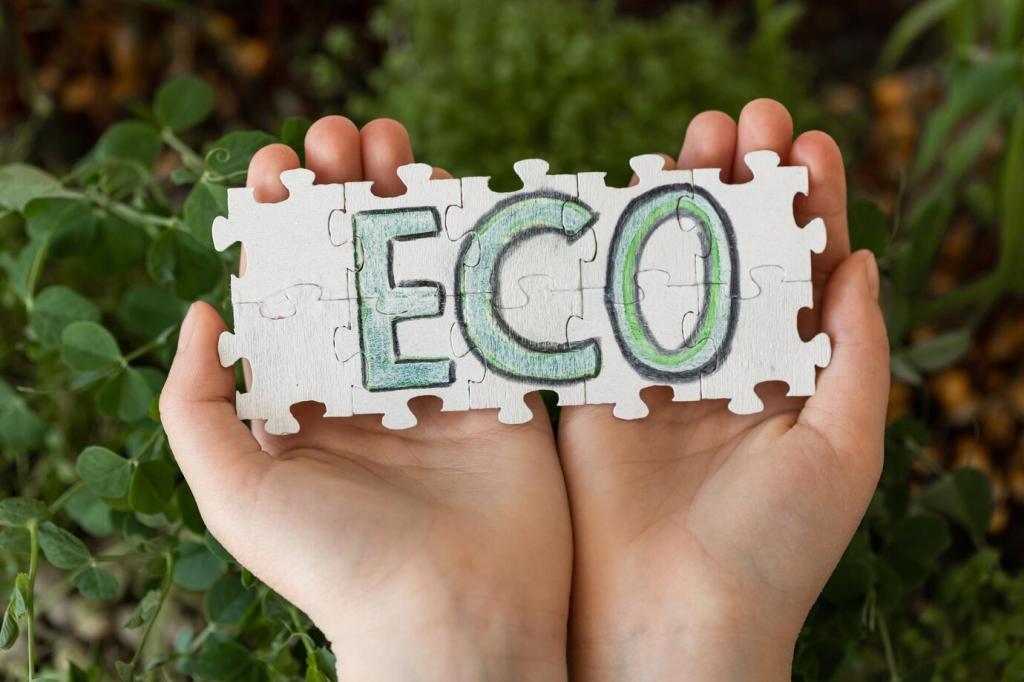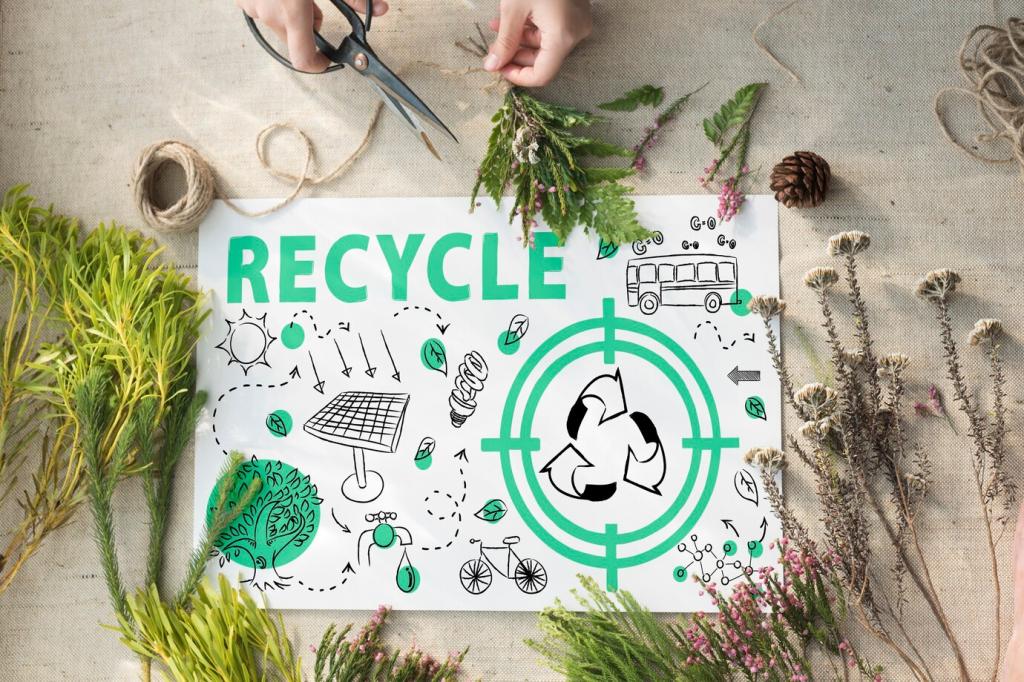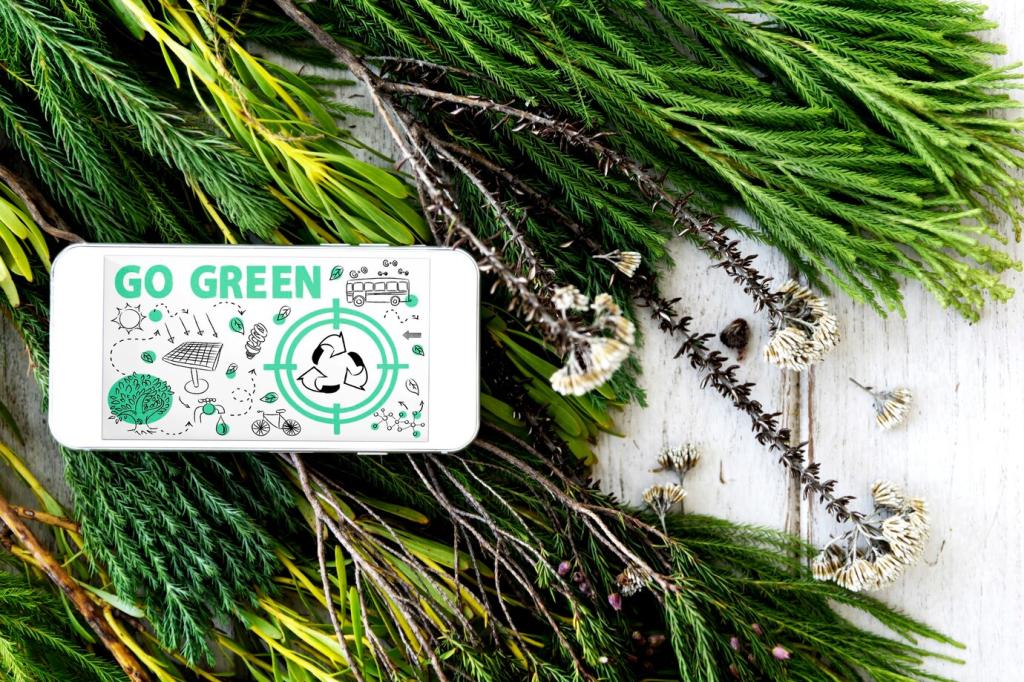Eco-Friendly Copywriting Techniques for Home Products
Eco-friendly copywriting has become an essential approach for brands in the home products industry seeking to appeal to conscious consumers. By crafting compelling narratives that emphasize sustainability, environmental responsibility, and genuine value, companies can distinguish their products in a crowded marketplace. Effective eco-friendly copywriting is not just about promoting green claims, but about building trust and inspiring informed choices. On this page, you’ll discover techniques and insights to elevate your home product messaging in line with the values of today’s eco-conscious shoppers.

Understanding Eco-Conscious Audiences
Eco-conscious consumers place a high value on sustainability, transparency, and ethical production practices. They may worry about the environmental impact of manufacturing, packaging waste, and the toxicity of chemicals used in home products. As a copywriter, recognizing and addressing these specific pain points—such as energy consumption, single-use plastics, or ethical sourcing—allows you to craft messages that resonate on a deeper level. When copy directly confronts such concerns and offers tangible solutions, it demonstrates genuine understanding and thoughtfulness, inspiring trust in your audience. This approach helps ensure your home products are seen as both necessary and responsible additions to their lives.

Previous
Next
Highlighting Authentic Sustainability
Specifically naming materials—like organic cotton, recycled plastics, or bamboo—and highlighting credible third-party credentials such as Energy Star, Fair Trade, or Forest Stewardship Council certification, lends authority to your copy. Consumers increasingly look for these markers as signs of accountability. Tell the story of your product’s components, from sourcing to final assembly, explaining why these choices matter. By elaborating on certifications and processes, you make your brand’s commitment to sustainability transparent and verifiable, helping the shopper make informed decisions. Every description should offer clarity and factual substance, helping customers feel confident they’re making the right environmental choice.
Previous slide
Next slide

Crafting Compelling Eco-Friendly Stories
The origins of your eco-friendly home products—how they’re conceptualized, developed, and improved—can be woven into engaging brand narratives. Share how a commitment to environmental practices guided each step, from initial inspiration to overcoming production challenges. Describe team milestones, supplier partnerships, or the eventual achievement of a critical certification. These details invest your products with personality and purpose, differentiating them from generic green claims and giving customers something meaningful to connect with.
Using Language Responsibly and Clearly
Avoiding Greenwashing and Hyperbole
Modern buyers are increasingly wary of exaggerated claims and superficial eco-statements. Phrases like “100% natural,” “eco-safe,” or “planet-friendly” devoid of context or evidence can be misleading and may even backfire. To maintain credibility, carefully assess each statement for accuracy and avoid overpromising. Instead, use measured language that reflects real qualities and improvements, and provide supporting details wherever possible. Transparent, factual communication assures readers of your integrity and sets realistic expectations for your products.


Making Eco-Friendly Jargon Understandable
Technical eco-terms such as “biodegradable,” “VOC-free,” or “closed-loop manufacturing” can be confusing to some readers. It’s the copywriter’s job to define complex terms in approachable ways, perhaps by illustrating how they relate to everyday life. For example, instead of simply stating “phthalate-free,” explain this means safer air quality for children and pets. By making sustainability jargon accessible, your copy empowers readers to make informed choices without intimidation or misunderstanding.
Integrating Calls to Action with Purpose
01
Your CTA should express more than “Buy now”—it should invite consumers to join a movement. Phrases that emphasize responsibility and shared values, such as “Choose a healthier home today” or “Make a greener switch,” highlight the meaningful impact behind the purchase. Clearly connect every action to a larger positive consequence, making the act of buying feel like participation in a socially significant cause. This shift from transactional to purposeful language elevates your messaging and fosters a sense of community among buyers.
02
Many eco-minded individuals are eager to spread sustainable habits among their friends and family. Encourage your audience to share their eco-friendly choices or knowledge about your products through purposeful CTAs. Suggestions like “Share your green story” or “Invite others to join the eco-home movement” multiply your brand’s impact organically. Cultivating this advocacy transforms customers into ambassadors, broadening your reach and reinforcing your commitment to fostering real change beyond your product line.
03
Eco-friendly living is a journey, not a one-time transaction. Guide your audience towards long-term engagement with CTAs that invite them to subscribe to sustainability tips, participate in community challenges, or follow updates regarding your brand’s green initiatives. Statements like “Stay updated on our eco-journey” or “Learn how you can make everyday changes” keep the conversation open. This ongoing relationship ensures that your eco-friendly messaging remains top-of-mind and positions your business as a resource for continual progress.
Measuring and Communicating Results
Showcasing Environmental Metrics
Numbers carry persuasive power, especially when detailing collective impact. Sharing annual waste reductions, gallons of water saved, or tons of carbon offset by your customer community highlights the concrete results their choices create. When copy presents these outcomes with clarity, it validates your green claims and encourages repeat purchases. These metrics should be updated regularly to demonstrate ongoing commitment and to celebrate the community’s growing achievements.
Customer Spotlights and Success Stories
Personal stories can powerfully illustrate the real-life transformation brought about by your home products. Feature detailed accounts from customers who have reduced their carbon footprint, saved energy, or inspired others through your brand. By consistently updating these spotlights, you reinforce your message and give skeptical potential buyers added reassurance. These narratives serve as living proof of your products’ tangible impact and call others to envision greater possibilities.
Continuous Improvement and Feedback Loops
Show customers that their feedback matters and helps to shape your future eco initiatives. Provide avenues for input—such as surveys or open comment invitations—and demonstrate how you’re responding to suggestions. Regularly update your audience on new sustainability milestones, challenges overcome, and steps still in progress. This culture of openness and improvement signals that your brand is genuinely invested in making a difference, and that every customer is a valued partner in that mission.
Monitoring Regulatory Changes
Environmental standards and labeling requirements are continuously evolving. Stay up to date with local, regional, and international regulations affecting home products, such as updated guidance on compostability, energy efficiency, or chemical safety. Integrate these changes into your copy to address compliance while educating customers on what new seals, symbols, or product features mean. By demonstrating your awareness and proactive compliance, you reinforce trust and help your audience navigate the changing eco-landscape.

Adapting to Consumer Expectations
Preferences for sustainability can shift rapidly—today’s focus might be on zero-waste packaging, while the next trend highlights smart-home energy management or circular economy principles. Regularly solicit feedback and monitor social conversations to detect emerging interests. Adjust your messaging to reflect these developments, highlighting how your products—and your brand—are evolving. Staying relevant in your copywriting ensures your home products consistently resonate, appealing to both early adopters and mainstream audiences.
